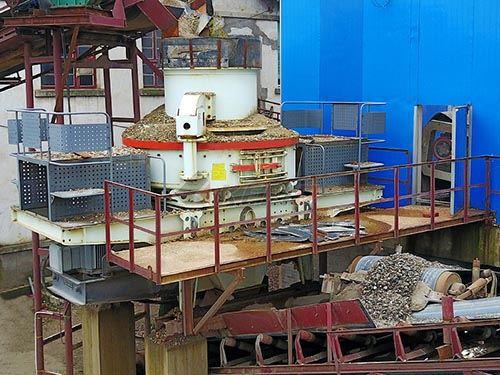Beyond the Taboo: Understanding Testicular Crush Devices – Mechanisms, Consequences & Ethical Abyss
The term “Testicular Crush Devices” (TCDs) evokes an immediate visceral reaction – a profound sense of dread rooted in biological vulnerability. While inherently disturbing and universally condemned as instruments of torture under international law, understanding these devices – their mechanisms, the devastating physiological consequences they inflict, their historical context in torture practices, and the complex medico-legal challenges they present – is crucial for human rights advocacy, forensic medicine, trauma surgery rehabilitation efforts.
Defining the Unthinkable
Testicular Crush Devices are implements explicitly designed to apply intense mechanical pressure to the testes and scrotum with the primary intent of causing excruciating pain through tissue destruction or severe nerve compression without necessarily causing immediate death of the victim.
Unlike other forms of torture that may leave ambiguous marks or psychological scars requiring interpretation, TCDs target one of the most sensitive regions of the male anatomy – an area densely packed with nociceptors (pain receptors). The infliction of pain is not merely a byproduct; it is often the central objective.

Historical Context & Evolution
While documented instances likely stretch back centuries under various guises as tools of punishment or interrogation control tactics within oppressive regimes globally throughout history:
1. Ancient & Medieval Precedents: While less technologically sophisticated than modern iterations concepts involving crushing genitalia as punishment appear sporadically historical records judicial corporal punishments contexts.
2. 20th Century Formalization: More systematic documented use emerged particularly during periods conflict authoritarian rule regimes seeking efficient methods extracting information breaking political prisoners psychologically physically.

3. Modern Variations: Contemporary devices range from crude improvised tools clamps vises weights complex purpose-built apparatus incorporating screws levers hydraulic mechanisms allow precise controlled application pressure calibrated inflict escalating agony potentially permanent damage specific thresholds.
Mechanisms of Infliction & Device Typology
TCDs function primarily through two fundamental physical principles:
1. Compression: Applying direct force inward onto testicles scrotum tissues leading contusion rupture internal structures spermatic cord compression nerve impingement vascular compromise ischemia.
Examples: Vise-grip pliers modified clamp structures screw-driven plates gradually tightened heavy weights suspended attached scrotum manual crushing feet hands restraints.
2. Constriction: Tightening band material cord around base scrotum trapping testes restricting blood flow lymphatic drainage causing intense congestion swelling progressive ischemic necrosis tissue death.
Examples: Ligatures cords metal rings

Leave a Reply